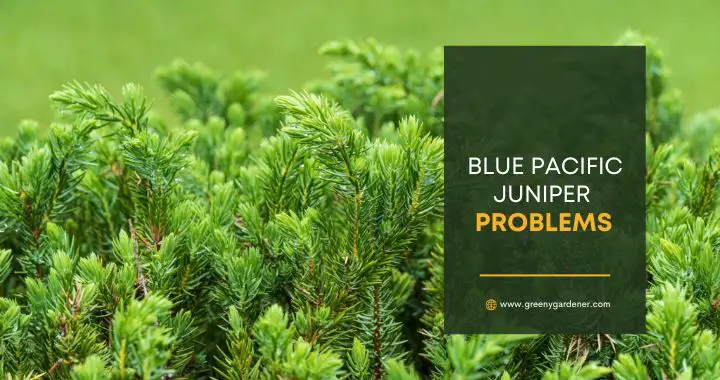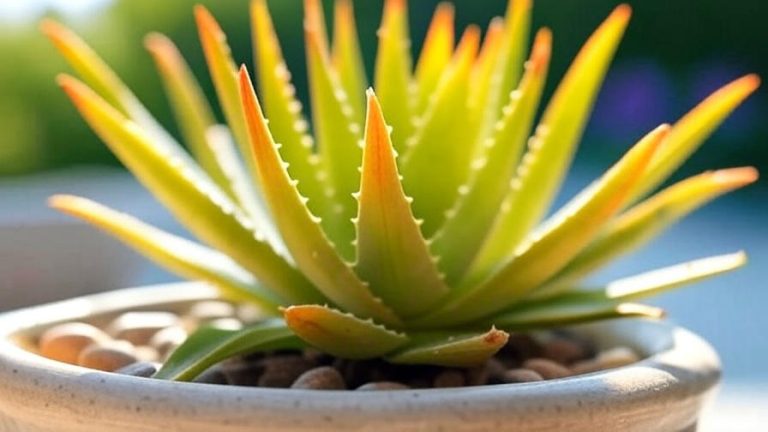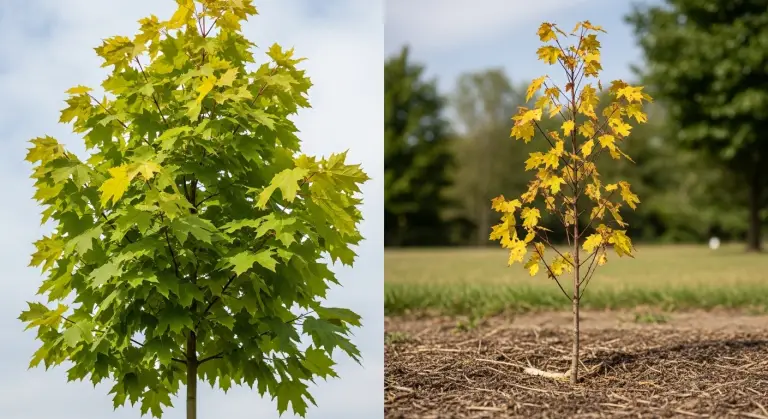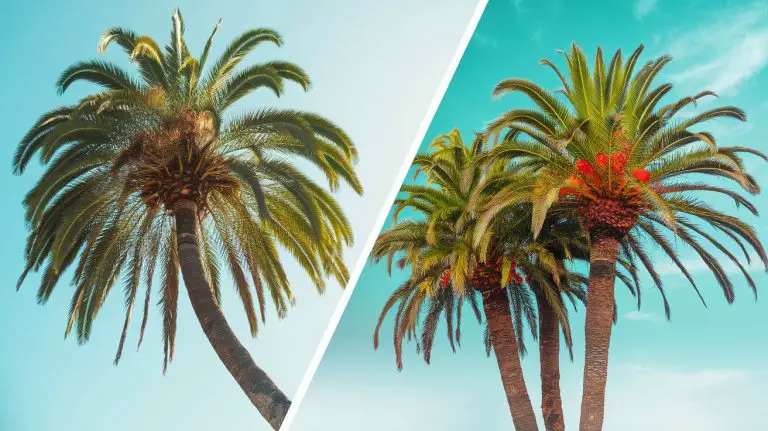Why Are My Autumn Blaze Maple Leaves Turning Black? A Complete Guide to Diagnosis and Treatment
The Autumn Blaze maple (Acer × freemanii ‘Jeffersred’) is beloved by gardeners for its stunning fall display of orange-red foliage and reliable growth habits. However, when those beautiful leaves start turning black instead of their signature autumn colors, it can be both alarming and disappointing. Understanding why this happens and how to address it is essential for maintaining healthy, vibrant maple trees in your landscape.
What's On the Page
Understanding Your Autumn Blaze Maple
Before diving into the causes of blackened leaves, it’s important to understand what makes the Autumn Blaze maple special. This hybrid combines the best traits of red maple and silver maple, creating a fast-growing tree that typically reaches 40-55 feet tall with excellent fall color. Under normal circumstances, these trees are relatively low-maintenance and disease-resistant, making them popular choices for both novice and experienced gardeners.
The Autumn Blaze maple thrives in USDA hardiness zones 3-8 and adapts well to various soil conditions, though it performs best in well-draining, slightly acidic to neutral soil. When healthy, these trees are known for their consistent autumn display, making black leaves particularly concerning for plant care enthusiasts.
Common Causes of Black Leaves on Autumn Blaze Maples
Fungal Diseases
The most common culprit behind black leaves on Autumn Blaze maples is fungal infection. Several fungal pathogens can cause leaf blackening, each with distinct characteristics:
Anthracnose is perhaps the most frequent cause of black, brown, or tan spots on maple leaves. This fungal disease thrives in cool, wet spring weather and can cause leaves to develop irregular black patches that eventually lead to premature leaf drop. The disease often starts along leaf veins and spreads outward.
Tar spot creates distinctive black, tar-like spots on maple leaves, though it’s more commonly seen on other maple species. While unsightly, tar spot rarely causes serious harm to the tree’s overall health.
Verticillium wilt is a more serious fungal disease that affects the tree’s vascular system. It can cause leaves to turn black, wilt, and die, often starting on one side of the tree. This soil-borne pathogen can be particularly challenging to manage.
Environmental Stress Factors
Environmental conditions play a significant role in leaf health and can contribute to blackening:
Drought stress can cause leaf edges to turn brown or black, especially during hot summer months. Even though Autumn Blaze maples are relatively drought-tolerant once established, prolonged dry periods can stress the tree and affect leaf quality.
Heat stress from intense summer sun, particularly when combined with drought, can scorch leaves and cause them to turn black around the edges. This is especially common in areas with reflected heat from pavement or buildings.
Poor air circulation around the tree can create conditions favorable for fungal growth, leading to leaf blackening and other disease issues.
Nutrient Deficiencies and Soil Issues
Soil conditions significantly impact tree health and can contribute to leaf problems:
Nutrient imbalances, particularly potassium deficiency, can cause leaf edges to turn brown or black. This is often accompanied by overall poor leaf color and reduced vigor.
Soil compaction restricts root growth and water uptake, leading to stressed trees that are more susceptible to leaf problems and disease.
Poor drainage creates waterlogged conditions that can promote root rot and other fungal issues, ultimately affecting leaf health.
Diagnosing the Problem: A Step-by-Step Approach
To effectively treat black leaves on your Autumn Blaze maple, you need to identify the underlying cause. Here’s a systematic approach to diagnosis:
Start by examining the pattern of blackening. If black spots or patches appear randomly across leaves, fungal disease is likely the culprit. If blackening occurs primarily on leaf edges or follows a pattern related to sun exposure, environmental stress is more probable.
Check the timing of the problem. Fungal diseases often appear in spring during cool, wet weather, while environmental stress typically manifests during hot, dry summer periods. Seasonal planting considerations can also affect when problems appear.
Inspect the entire tree, not just affected leaves. Look for signs of wilting, premature leaf drop, or branch dieback that might indicate more serious issues like Verticillium wilt.
Examine soil conditions around the tree. Poor drainage, compacted soil, or signs of root problems can contribute to leaf blackening and overall tree stress.
Treatment and Prevention Strategies
Immediate Treatment Options
When dealing with black leaves on your Autumn Blaze maple, prompt action can prevent the problem from worsening:
For fungal diseases, remove affected leaves and dispose of them in the trash, not your compost pile. This prevents the spread of fungal spores to healthy parts of the tree or other plants in your garden.
Improve air circulation around the tree by pruning lower branches and removing nearby vegetation that might be crowding the canopy. This organic gardening approach helps reduce humidity levels that favor fungal growth.
Apply a fungicide if the problem is severe or recurring. Choose products specifically labeled for maple trees and follow application instructions carefully. Copper-based fungicides are often effective for anthracnose and other common maple diseases.
Long-term Prevention Measures
Preventing black leaves is more effective than treating them after they appear:
Proper watering practices are essential for healthy maple trees. Water deeply but infrequently, allowing soil to dry slightly between waterings. Avoid overhead watering, which can promote fungal diseases.
Soil improvement through organic matter addition can enhance drainage and provide nutrients that support tree health. Compost, well-aged manure, or commercial organic matter can be worked into the soil around the tree.
Mulching helps retain soil moisture, suppress weeds, and gradually improve soil structure as it decomposes. Apply a 2-3 inch layer of organic mulch around the tree, keeping it several inches away from the trunk.
Regular fertilization with a balanced, slow-release fertilizer can help maintain tree vigor and disease resistance. Follow soil test recommendations for best results.
Seasonal Care Considerations
Different seasons require different approaches to maple care:
Spring is the time for preventive fungicide applications if you’ve had recurring problems. It’s also ideal for soil testing and fertilization before the growing season begins.
Summer focus should be on adequate watering during dry periods and monitoring for signs of stress or disease development.
Fall is perfect for cleanup activities, removing fallen leaves that might harbor fungal spores, and preparing the tree for winter dormancy.
Winter pruning can improve air circulation and remove any diseased or damaged branches before spring growth begins.
When to Seek Professional Help
While many cases of black leaves on Autumn Blaze maples can be managed with proper plant care techniques, some situations require professional intervention:
Contact a certified arborist if black leaves are accompanied by significant branch dieback, if the problem persists despite treatment efforts, or if you suspect Verticillium wilt or other serious diseases.
Professional soil testing can identify nutrient deficiencies or pH imbalances that might be contributing to the problem. Many county extension offices offer affordable soil testing services.
Tree injection treatments for serious fungal diseases are best performed by professionals with proper equipment and expertise.
Maintaining Healthy Autumn Blaze Maples
Prevention remains the best strategy for avoiding black leaves and other maple problems. Healthy trees are naturally more resistant to diseases and environmental stresses.
Establish a regular inspection routine, checking your maple trees monthly during the growing season for signs of problems. Early detection makes treatment more effective and less costly.
Maintain proper soil conditions through regular organic matter addition and appropriate fertilization. Healthy soil supports healthy trees and reduces the likelihood of stress-related problems.
Consider the tree’s overall environment when planning landscape changes. Avoid activities that might compact soil around the tree or alter drainage patterns.
Summary
Black leaves on Autumn Blaze maple trees can result from various causes, including fungal diseases like anthracnose, environmental stresses such as drought or heat, and soil-related issues including nutrient deficiencies or poor drainage. Successful management requires accurate diagnosis followed by appropriate treatment strategies.
The key to preventing black leaves lies in maintaining optimal growing conditions through proper watering, soil improvement, adequate air circulation, and regular monitoring. While fungal diseases can be treated with fungicides and cultural practices, environmental stress prevention through good plant care practices is often more effective than treatment after problems develop.
For gardeners practicing organic gardening methods, focus on building healthy soil, providing appropriate water management, and using cultural controls like pruning and sanitation. These approaches not only address current problems but also build long-term tree health and resilience.
Remember that healthy Autumn Blaze maples are generally robust trees that can recover from most leaf problems with proper care. By understanding the causes of black leaves and implementing appropriate prevention and treatment strategies, you can maintain beautiful, healthy maple trees that provide years of stunning seasonal color and landscape value.
- Growing Baobab Trees Indoors: Complete Care Guide - July 10, 2025
- Why Are My Banana Tree Leaves Breaking? A Complete Guide to Prevention and Care - July 10, 2025
- Banana Plant Leaves Turning Black: Complete Care Guide - July 10, 2025




